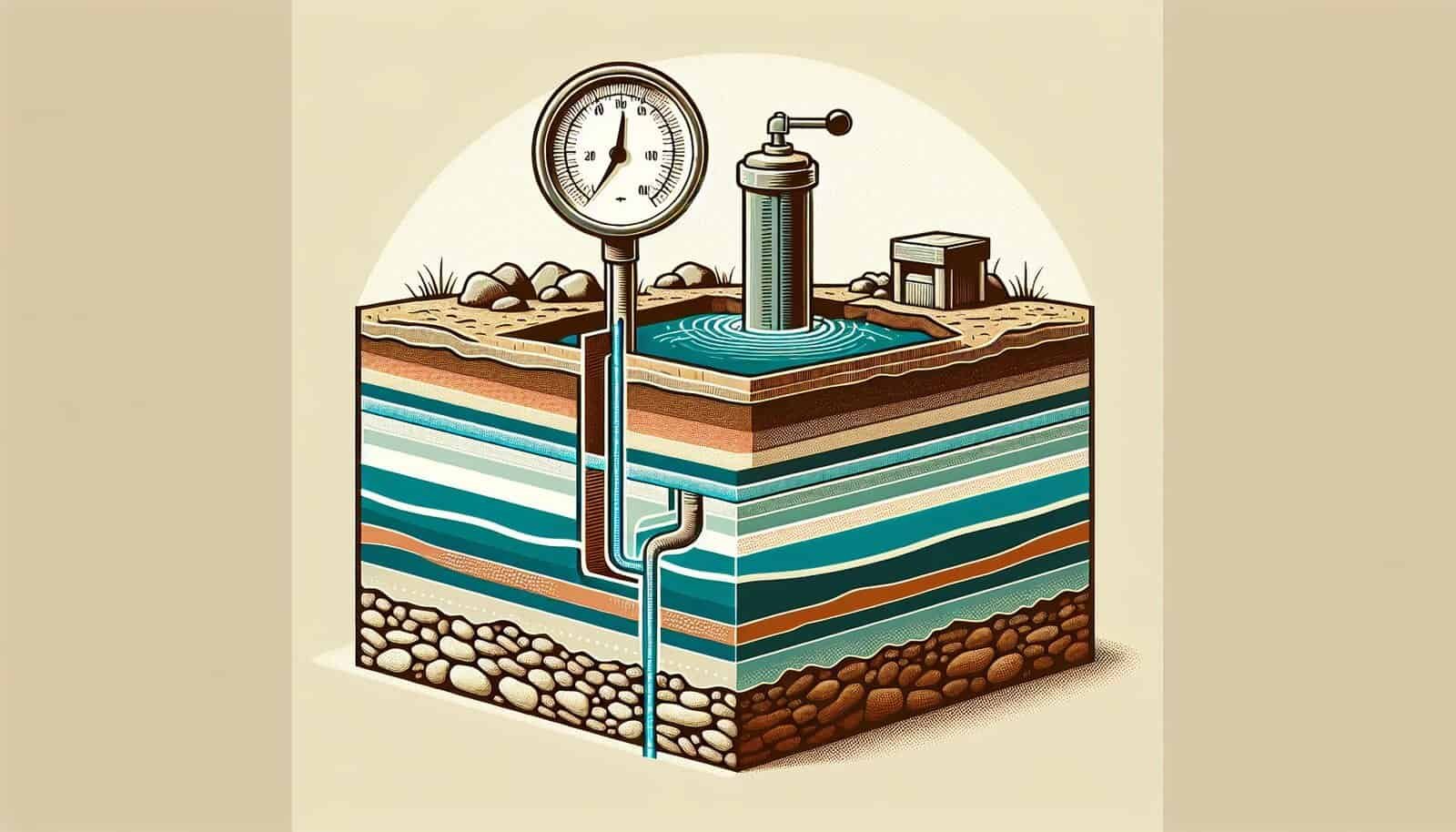Have you ever found yourself wondering if there are online calculators to determine well yield? You’re not alone. Many people, especially those who own properties with water wells, often ponder how to efficiently gauge the yield of their water source. Determining well yield is crucial for various reasons, including ensuring sufficient water supply for household, agricultural, or industrial use. If you’re curious about finding precise, convenient online tools to calculate well yield, you’re in the right place. Let’s navigate this topic together and uncover everything you need to know about online well yield calculators.

Understanding Well Yield
Before we delve into online calculators, it’s essential to grasp what well yield really means. Well yield, also known as well capacity, refers to the amount of water a well can produce over a given period, typically measured in gallons per minute (GPM). It is a critical metric for anyone relying on well water, as it determines how much water is available for daily use. Understanding your well’s yield helps in making informed decisions about water management and resource allocation.
Factors Influencing Well Yield
Several factors can impact the yield of a well. Knowing these helps you understand why yields can vary and what you might expect from your own well.
1. Geological Conditions: The type of rock or soil your well taps into significantly affects water flow. Porous materials like sandstone or fractured limestone can allow easier water flow, thus increasing yield.
2. Well Depth: Deeper wells can potentially access larger aquifers or water reserves, though this is not always guaranteed. The depth often influences the time it takes for water to refill in the well.
3. Pump Efficiency: The type and efficiency of the well pump can also influence yield. A well-maintained pump operating under ideal conditions ensures efficient water extraction.
4. Seasonal Variations: Seasonal changes can lead to fluctuations in water levels, which might temporarily affect well yield. Drought periods, for instance, might lower water levels and reduce yield.
Traditional Methods of Calculating Well Yield
Historically, calculating well yield involved hands-on methods, often requiring professional assistance. Here’s a glance at some traditional techniques:
Drawdown Method
The drawdown method measures the decrease in water level within the well when water is being pumped out. By calculating the difference in water level before and after pumping, combined with the pump rate, well professionals can estimate yield.
Recovery Test
A recovery test is generally performed after determining the drawdown. It measures the rate at which the water level in a well returns to its original level after pumping has ceased. This recovery rate is an important indicator of well yield.
Step-Drawdown Test
This method involves varying the pumping rate in steps and observing the effects on water levels. It helps in understanding both the efficiency of the pump and the well’s capacity under different conditions.

Are There Online Calculators for Determining Well Yield?
With advancements in technology, various tools and resources have emerged, making it easier to calculate well yields online. Yes, there are indeed several online calculators available, designed to simplify this task for property owners and well managers.
Benefits of Online Well Yield Calculators
The shift towards using online calculators for well yield determination offers numerous advantages:
1. Accessibility: Online tools are readily available anywhere you have an internet connection, saving time and resources compared to traditional methods.
2. User-Friendly: These calculators often come with simple interfaces, enabling users with minimal technical knowledge to input data and understand results.
3. Instant Results: Unlike manual methods, online calculators provide immediate feedback, helping you make quick, informed decisions.
4. Consistency: Online calculators can help ensure consistent results each time you calculate, by standardizing how inputs are processed.
Things to Keep in Mind
While online calculators can be incredibly useful, there are several considerations to be aware of when using them:
1. Data Accuracy: The accuracy of the results will largely depend on the precision of the data you provide. Always ensure your measurements and inputs are as exact as possible.
2. Tool Limitations: Not all calculators will account for every unique factor affecting your well’s yield. Some complex scenarios might still require professional assessment.
3. Internet Connectivity: Being online tools, a stable internet connection is necessary, which might be a hindrance in remote areas.

Exploring Popular Online Well Yield Calculators
There are a few online calculators that have gained popularity, known for their accuracy and user-friendly interface:
Example Calculator
Let’s consider a hypothetical calculator available online. This tool typically requires data inputs such as well depth, pump rate, drawdown measurements, and time. It computes the yield based on these parameters, providing you with an estimation of gallons per minute (GPM).
How to Use an Online Well Yield Calculator
Using an online calculator is straightforward if you follow these steps:
Gather Data: Collect the necessary data, including water levels before and during pumping, pump rates, and time.
Input Data: Enter the gathered information into the calculator. Ensure accuracy to get reliable results.
Interpret Results: Once the calculator processes your data, review the results. These typically provide an estimated well yield in GPM.
Adjust If Necessary: Consider running the calculation multiple times or varying inputs if results seem unexpected. This helps to verify their reliability.

Tips for Accurate Well Yield Calculation
Maximizing the utility of well yield calculators often comes down to how accurately you execute your measurements and data entry.
Regular Monitoring
Regularly monitoring your well’s water levels and maintenance status can provide more accurate and timely data for your calculations. This could involve consistently recording water levels during different times of the year.
Calibration and Maintenance
Ensure that all equipment, including measuring tools and pumps, are calibrated and maintained. This minimizes errors in the data you collect.
Professional Consultation
In cases where uncertainty or complex factors persist, consulting with a well professional can supplement the results from online calculators. They can offer insights into geological data and other regional specifics affecting well yield.

Conclusion
In conclusion, the landscape of determining well yield has been significantly enriched with the development of online calculators. These tools offer convenience, speed, and consistent results, empowering you to better manage your water resources. However, it’s vital to remain mindful of the limitations and ensure the accuracy of your inputs for reliable outcomes. As technology continues to advance, we can expect even more sophisticated tools to emerge, further simplifying water management practices.
By understanding well yield and utilizing available online resources, you can ensure a sustainable and efficient use of your well water, meeting your needs and those of the environment. Always remember to corroborate findings with professional advice when necessary, ensuring a comprehensive approach to managing your water supplies.
